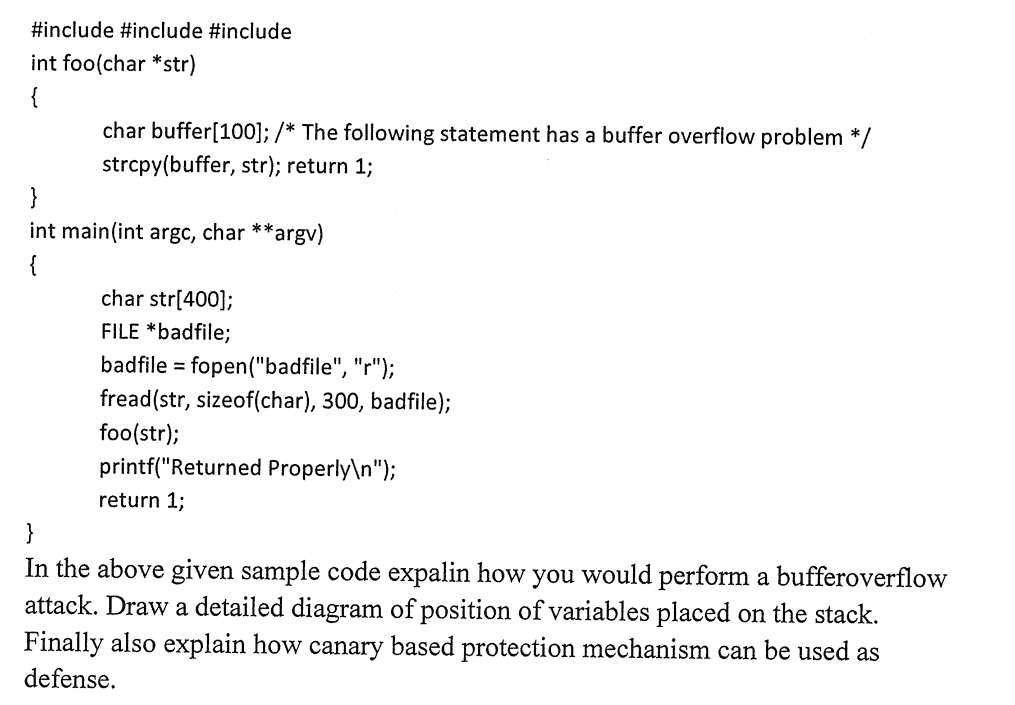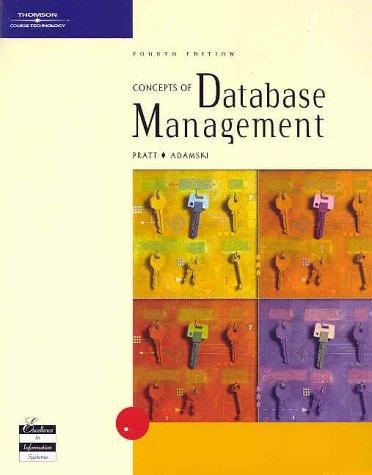Answered step by step
Verified Expert Solution
Question
1 Approved Answer
#include #include #include int foo(char *str) { char buffer[100]; /* The following statement has a buffer overflow problem */ strcpy(buffer, str); return 1; } int
 \#include \#include \#include int foo(char *str) \{ char buffer[100]; /* The following statement has a buffer overflow problem */ strcpy(buffer, str); return 1; \} int main(int argc, char**argv) \{ char str[400]; FILE *badfile; badfile = fopen("badfile", "r"); fread(str, sizeof(char), 300, badfile); foo(str); return 1; \} In the above given sample code expalin how you would perform a bufferoverflow attack. Draw a detailed diagram of position of variables placed on the stack. Finally also explain how canary based protection mechanism can be used as defense
\#include \#include \#include int foo(char *str) \{ char buffer[100]; /* The following statement has a buffer overflow problem */ strcpy(buffer, str); return 1; \} int main(int argc, char**argv) \{ char str[400]; FILE *badfile; badfile = fopen("badfile", "r"); fread(str, sizeof(char), 300, badfile); foo(str); return 1; \} In the above given sample code expalin how you would perform a bufferoverflow attack. Draw a detailed diagram of position of variables placed on the stack. Finally also explain how canary based protection mechanism can be used as defense Step by Step Solution
There are 3 Steps involved in it
Step: 1

Get Instant Access to Expert-Tailored Solutions
See step-by-step solutions with expert insights and AI powered tools for academic success
Step: 2

Step: 3

Ace Your Homework with AI
Get the answers you need in no time with our AI-driven, step-by-step assistance
Get Started


